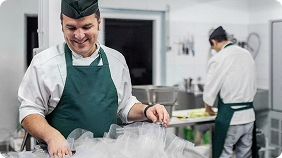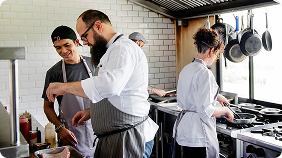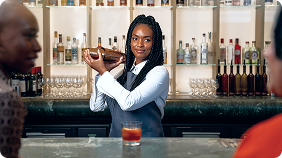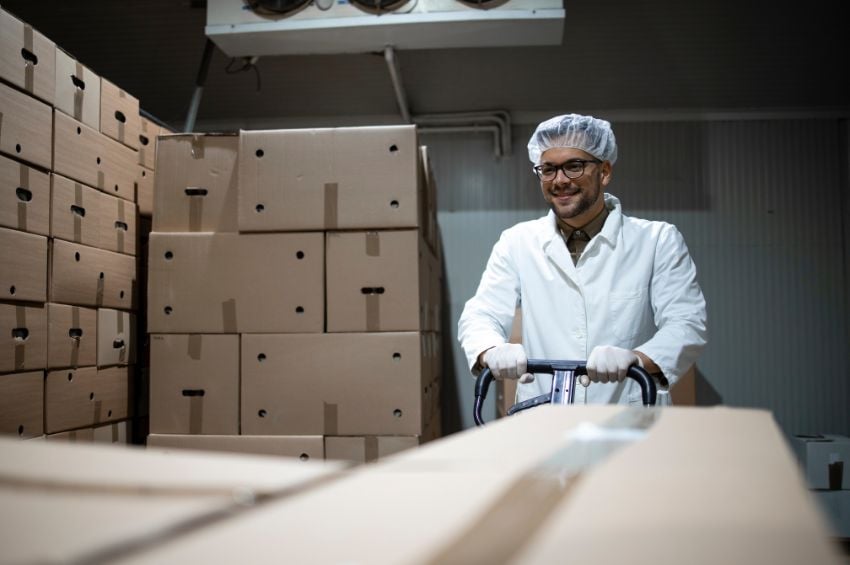According to CDC estimates, foodborne illnesses cause 48 million people to get sick annually. Of those who get sick, there are 128,000 hospitalizations and 3,000 deaths – of which more than half of cases are associated with eating at restaurants. Food handlers trained in food safety can help restaurants prevent foodborne illness - and reduce food waste - from the moment a food shipment arrives at the loading dock. Let’s take a closer look at how properly receiving and storing food can help prevent foodborne illness.
Receiving Food
Foodservice workers well versed in food safety can help ensure that all food shipments are received safely. Before you accept a delivery, it is important to check to make sure that all items have been transported under the proper conditions. You should start by inspecting the shipment for spoilage and physical damage like leaking or broken items. If an item does not pass your inspection, it should not be accepted.
Once your shipment has passed inspection, time is of the essence when it comes to safely putting away the delivery. Storing food correctly is just as important as timeliness. Receiving food can make or break your establishment and can lead to customer dissatisfaction. It's essential to keep an open line of communication with your distributor to ensure all items are arriving safely.
Once you’ve confirmed all items are intact, check the temperatures of necessary items. Temperature sensitive food should never be left out for more than two hours. Use a calibrated thermometer to ensure all items are safe, especially items such as milk, eggs and meat. These TCS foods should always be kept at 41°F or below, while frozen foods should always be kept at 0°F.
Storing Food
A well-organized storage area helps you to create an efficient workspace which minimizes the chance of cross contamination and foodborne illness. Below are a few things to remember when unloading and storing your food delivery. Following these tips will make sure your food stays safe, as well as your customers!
- TCS foods should be put away quickly in order to avoid entering the temperature danger zone. Food can become contaminated in as little as 20 minutes if it is not stored at the correct temperature.
- Non-TCS foods, which do not need refrigeration or cooling, are best kept on shelves that are at least six inches above the ground and not touching the walls or ceiling. It’s important that you leave space between items so that air can circulate.
- Food should be stored in airtight containers and be dated before they are put away. Storing items like meat on lower shelves can help prevent cross contamination by protecting other items in the fridge from potential drippings. Always keep raw foods separate from ready-to-eat foods.
- “First-In-First-Out” (FIFO) is a great way to protect the freshness and quality of food and can help minimize food waste. This means using the oldest items in your kitchen first, so they are served while they are fresh and don’t have time to go bad.
- Storage areas can be a prime source of pest activity. Be sure to keep a clean space and to store food in correct containers to keep out any unwanted visitors. Chemicals and cleaning products should be clearly labeled and stored far away from all food.
While the storage room might not be a glamorous part of the restaurant, it is the most important. Foodservice workers knowledgeable in food safety are essential to a safe dining experience. From the moment food enters your door to when you serve it to the customer, each step is crucial to keeping a clean and safe environment.






.png)

.png)
